Instacart Retail
Top 2022 Retail Innovations and a Look Forward to The Trends That Will Shape 2023

The year 2022 helped crystalize what the connected grocery shopping experience looks like — consumers will not abandon shopping in-store, but will increasingly rely on digital shopping.
Online grocery shopping is expected to reach up to 35% in the next four years, but grocery retailers will still make a large portion of their sales in-store.
Looking ahead, shopping will be hybrid, blending in-store and digital shopping experiences. Given that omnichannel consumers outspend traditional in-store consumers as much as two to four times, providing hybrid experiences can bring a big boost to retailers’ bottom lines.
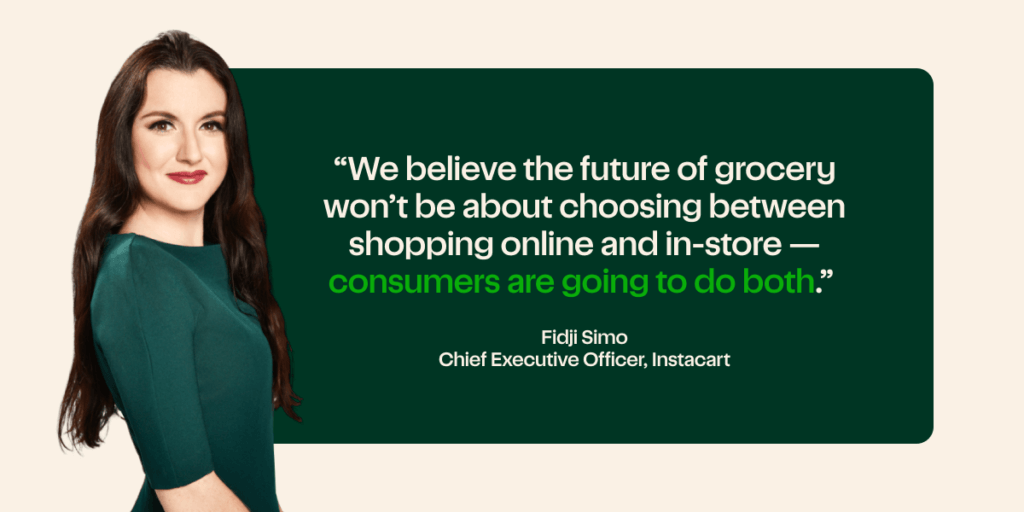
Staying competitive in retail requires delivering the end-to-end experiences consumers want, from in-store inspiration to multiple choices in fulfillment. Retailers should stay ahead of the trends in order to thrive in the present and prepare for the future.
We’re here to help — starting with a review of the top retail innovations in 2022 and highlighting what we can expect in 2023 and beyond.
Retail innovation #1: Unifying the commerce experiences, both online and in-store
Integration across channels is key in 2023. Separating in-store and digital operations — or even worse, trying to “manage” them using multiple different systems — is no longer an option. Instead, retailers are incorporating technology that seamlessly unifies the online and in-store shopping experience.
This includes several new features for consumers and retailers, including:
- AI-powered smart carts equipped with scales, sensors, and touchscreens to help consumers navigate the store without manually scanning each item, while simultaneously streamlining checkout
- Electronic shelf labels that make it easier for consumers to find products and discover new ones, while reducing the need to rely on associates to manually update pricing
- Out-of-stock data that simplifies the shelf-stocking process by informing retailers when items need to be replenished
Retail innovation #2: Expanding fulfillment options to deliver both speed and efficiency
Fast delivery is not enough. Grocery retailers realize they must deliver speed and efficiency. Why?
There’s no “one-size-fits-all” grocery basket. Shopping baskets vary from person to person, and even differ for the same consumer from occasion to occasion. It’s exceedingly difficult trying to narrow your range of products in order to deliver products faster.
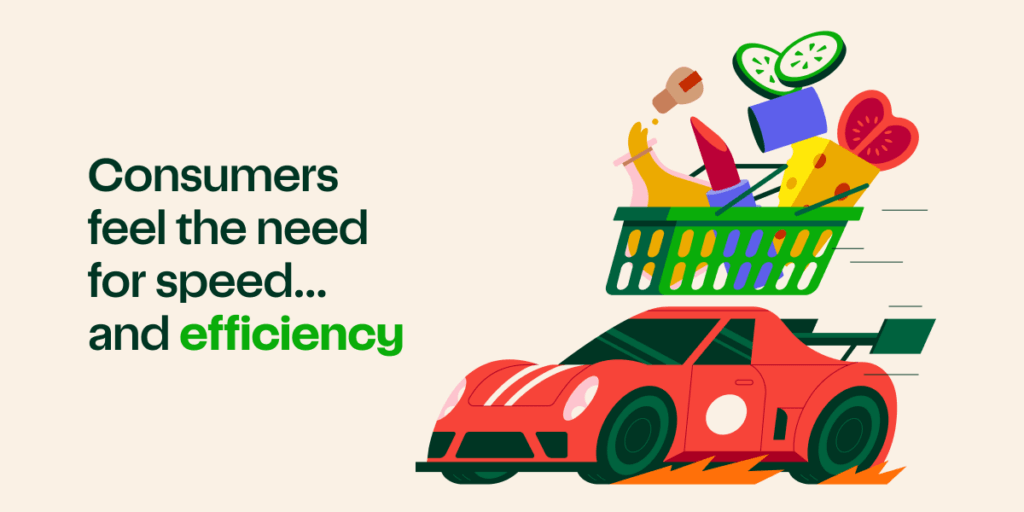
Consumers want and expect options. Establishing and streamlining virtual convenience stores was one trend in 2022 that helped retailers deliver multiple fulfillment options to consumers.
With virtual convenience stores, consumers get quick delivery and a broad selection of fresh groceries, pantry, and household essentials. This solution streamlines the shopping experience by giving customers access to nearly the entire catalog, all with same-day delivery or pickup in as fast as 30 minutes.
Retail innovation #3: Competing with food service businesses across the entire meals spectrum
For grocers and other food retailers, the competition across food service is fierce. Grocery retailers have found opportunities to compete using real-time ordering. However, there has been a catch: real-time ordering has historically needed to be managed manually and through a separate platform.
Not anymore. Real-time ordering technology incorporates made-to-order and same-day meal service platforms into the same system.
This technology offers several benefits, including:
- Limiting the number of systems teams rely on, in order to reduce errors
- Reducing the time needed for staff training
- Eliminating manual steps within in-store operations
- Empowering retailers to compete with restaurants and other made-to-order food services
What can we expect in 2023, and beyond?
These retail innovations defined 2022 and will shape 2023. But what comes next?
According to the Bureau of Labor Statistics, food prices rose by 10.4% in 2022. Good news for grocers is that in recent months grocery delivery has been more resilient than restaurant delivery, growing at +16% year over year from Q4 2021 to Q3 2022, according to Instacart and third-party data, while online restaurant delivery experienced slower growth of +5% year over year, according to the US Bureau of Labor Statistics and US Department of Agriculture. However, given experts expect inflation will remain as high as 3.5% in 2023, we predict that consumers will continue to prioritize value. Affordability will be a key factor driving product and channel purchase decisions.
New technology helps retailers find the pricing “sweet spot” to optimize margins, while still making the grocery shopping experience more affordable for consumers. AI-powered pricing and promotions technology gives retailers the opportunity to transform pricing strategies and promotions to serve all consumers.
It’s equally important for retailers to offer EBT SNAP payments on their e-commerce platforms.
Given that an estimated 30 million consumers will continue to rely on SNAP benefits in 2023, this is a crucial way to increase access to healthy food for more customers.
In addition to seeking value, consumers are also focused on leading healthier, more nutritious lifestyles. Last fall, the White House Conference on Hunger, Nutrition and Health hosted a variety of retailers, nutritional experts and organizations to address the accessibility of healthy food choices for consumers. Groups in attendance laid out a wide variety of plans to fight hunger and diet-related disease, highlighting the important role of grocers and tech providers in the industry. As part of Instacart’s work in the space, we recently launched Instacart Health, which is designed to deliver the ingredients for healthier living, with grocery innovations that include new partnerships, cutting-edge research and public policy advocacy.
Finally, we predict that retailers will need to continue offering multiple shopping options for consumers, while prioritizing efficiency. For instance, pickup will continue to be optimized to improve efficiency, reliability, and speed. With hybrid fulfillment spaces, retailers can set aside common items for fast delivery of small orders, while still maintaining a full inventory space to meet full-basket orders. However, given there will never be one single fulfillment strategy that meets the needs of every retailer, it’s important for retailers to find a flexible technology partner that can provide working solutions for every step in the fulfillment process.
We’re here to help retailers stay a step ahead of these trends
While 2022 gave us more clarity, we know the retail landscape is constantly changing. Staying ahead of retail trends is critical.
At Instacart, we’re spearheading ideas, insights, and innovations to help retailers quickly respond to a continuously evolving landscape, better serve their customers, and compete — and win — in the marketplace.
See how Instacart serves retailers with the grocery innovations and solutions to grow their business – now and into the future.
Most Recent in Caper
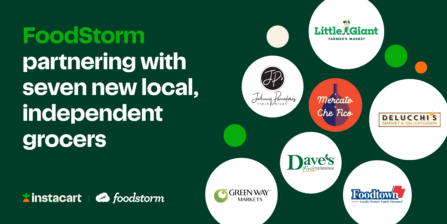
FoodStorm
Helping Local Independent Grocers Streamline Their Catering and Prepared Foods Businesses
Over the past few years, FoodStorm - our order management system (OMS) designed specifically to help grocers manage their deli, prepared foods and catering - has seen remarkable growth. And today, we’re excited to share…...
Apr 24, 2024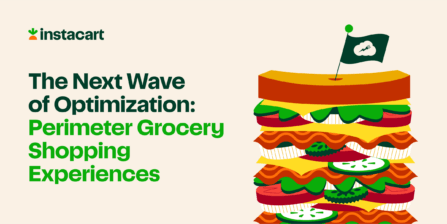
FoodStorm
The Next Wave of Optimization: Perimeter Grocery Shopping Experiences
Discover how you can optimize your perimeter grocery shopping experiences with software that connects your departments and delights your consumers. Simple, powerful, and digital: The future of perimeter grocery As the grocery landscape evolves, retailers…...
Apr 24, 2024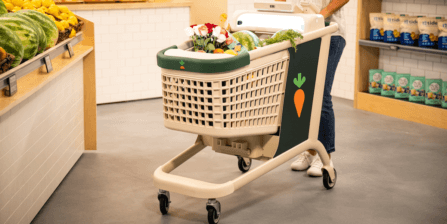
Caper
Why Smart Carts Are the Winning Technology Format for Grocers
One of the most common misconceptions about smart carts is that they only serve as an alternative to self-checkout. However, the real magic behind a Caper Cart, our AI-powered smart cart, is the digital screen.…...
Apr 9, 2024

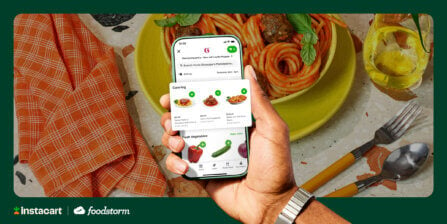 Instacart Connects FoodStorm Technology with the Instacart App, Unlocking Catering Order Ahead and Delivery for Grocers Across North America
Instacart Connects FoodStorm Technology with the Instacart App, Unlocking Catering Order Ahead and Delivery for Grocers Across North America 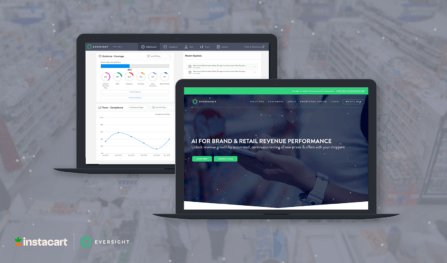 Instacart Welcomes Eversight!
Instacart Welcomes Eversight! 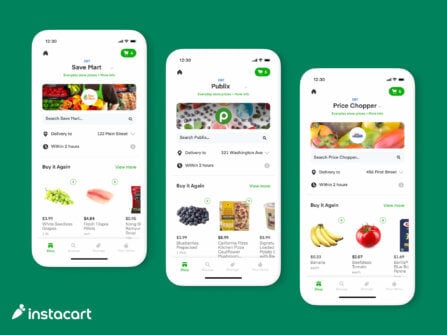 Breaking Down Barriers to Food Access with EBT SNAP Expansion
Breaking Down Barriers to Food Access with EBT SNAP Expansion 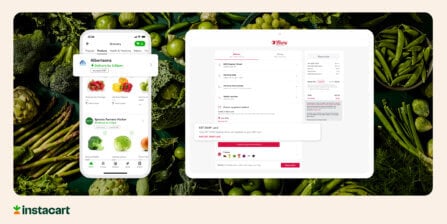 Increasing Food Access: Helping Grocers Accept EBT SNAP Online in 49 States and Washington D.C., Powered by Instacart Platform
Increasing Food Access: Helping Grocers Accept EBT SNAP Online in 49 States and Washington D.C., Powered by Instacart Platform 
